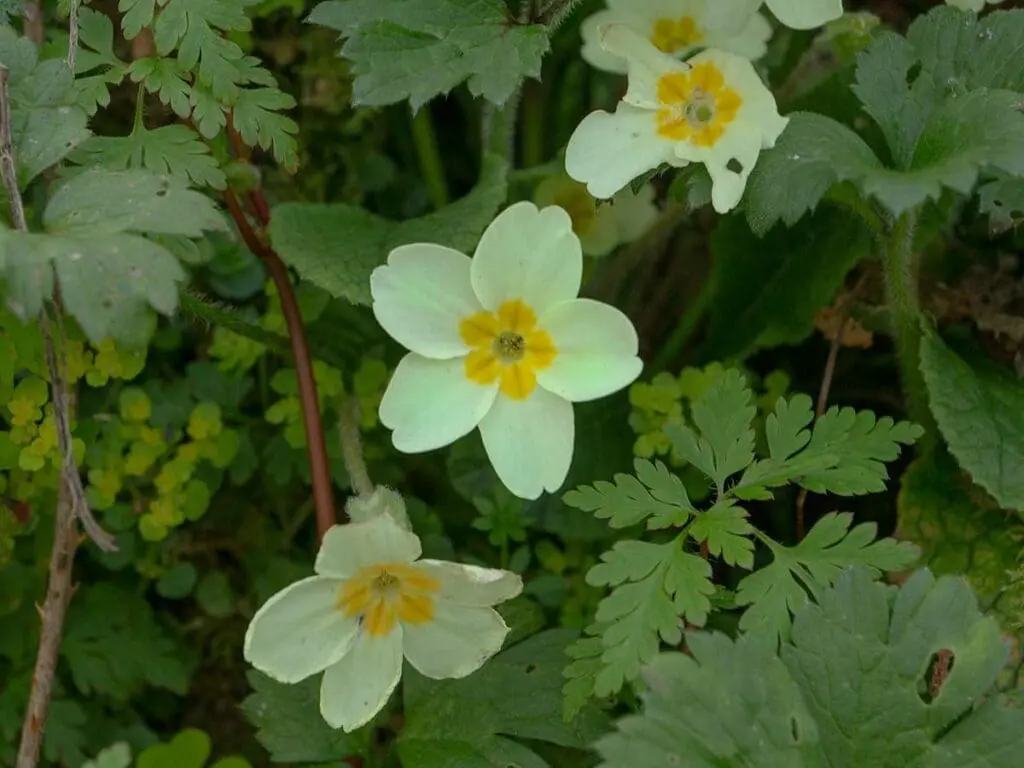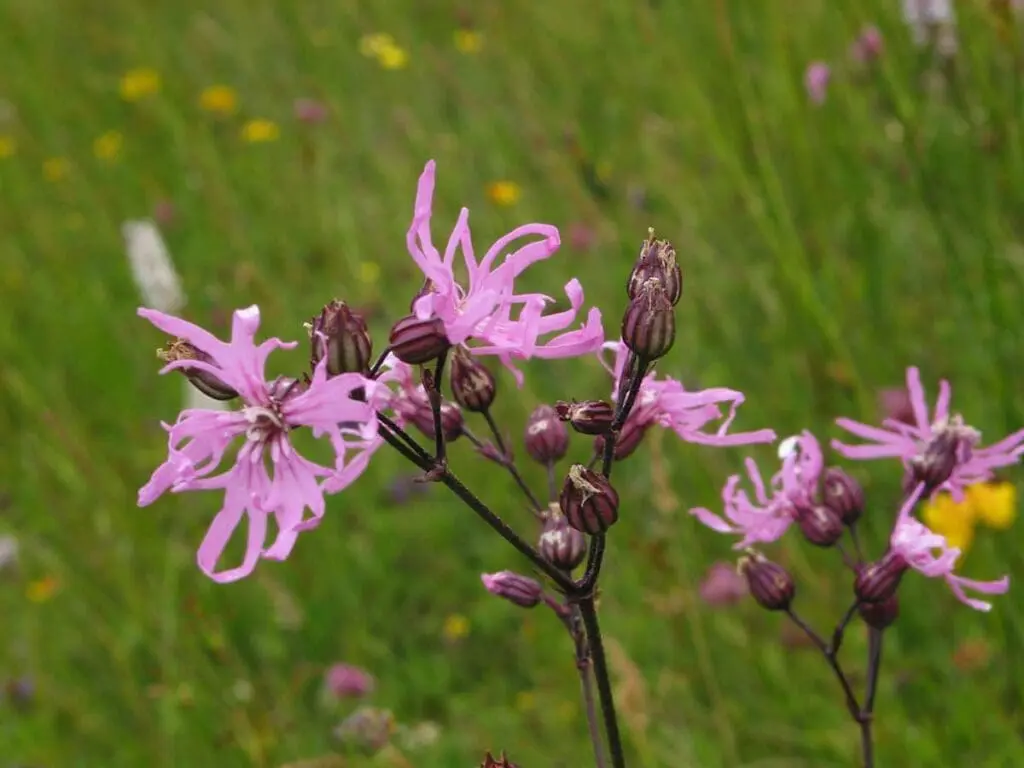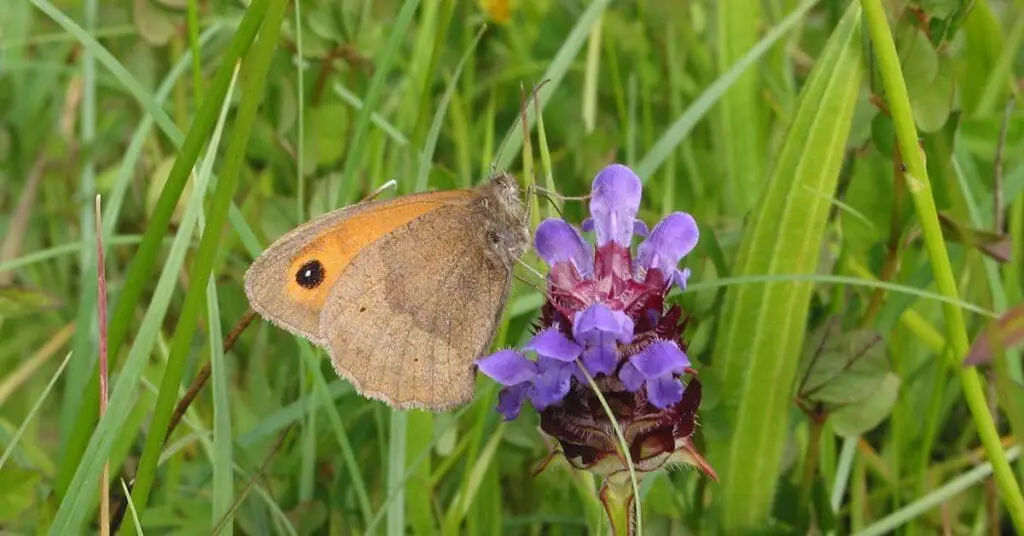- Scientific name: Primula vulgaris
- Family: Primrose (Primulaceae)
- Found in: Grassland, Woodland
The primrose, or “first rose”, is often found in woodland, hedgerows and old pastures. Its pale yellow flowers appear singly on hairy stems and can be seen between March and May before most trees come into leaf.
Primroses are unusual as they produce two different types of flowers on two different plants. The ‘pin-eyed’ flower is produced on one plant and the ‘thrum-eyed’ flower is produced on another plant. Both types of flower look the same until closer inspection. Seeds will not be produced unless both types of plants are present.
Insects, in particular ants, play an important role in pollinating these flowers. Nectar is located at the bottom of the flower tube and the long thin body of the ant is perfectly designed to carry and deliver pollen from other primrose plants. The primrose family is also remarkable for the number of hybrids it produces.
The primrose has many medicinal uses and was important in the past as a remedy for muscular rheumatism, paralysis and gout. The leaves and flowers can be used either fresh or dried, the roots should be dried before use. Culpepper was aware of the healing properties of the primrose and said, “of the leaves of primrose is made as fine a salve to heal wounds as any I know.”
Propagation
From seed
Propagation by seed is difficult and better carried out by dividing existing plants. If you want to try growing from seed, collect them as soon as they are ripe and sow immediately. Cover thinly with sand or compost and keep in a cool shady spot in the garden. They need to be exposed to cold temperatures before they will germinate, so you will have to wait until at least the following spring.
By division
Existing plants can be divided in early spring. Please note that the primrose is protected by law. Anyone who “intentionally uproots or destroys” wild primroses will be committing an offence!





